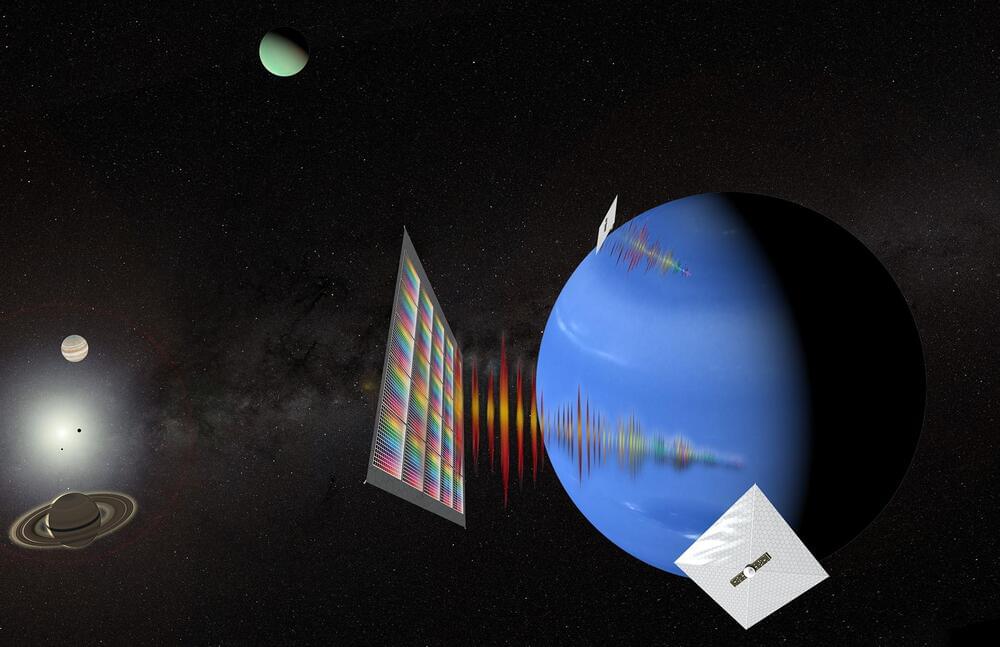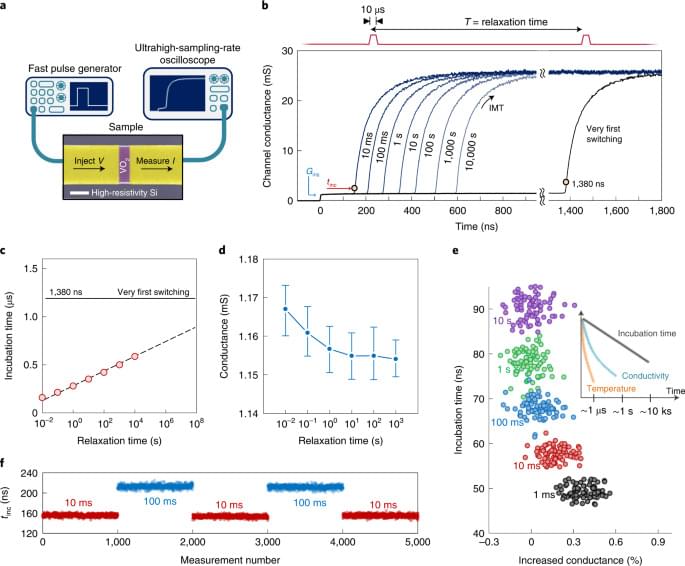It’s official: Apple has just sent out invites for its next hardware event. As expected, the company will share what it’s been working on for the past year on September 7th, with a live broadcast from Apple Park starting at 1PM ET. The invite features the words “Far out.” Make of that what you will.
The company is widely expected to announce four new iPhone models at the event. Leading up to today’s announcement, most reports have suggested the 2022 iPhone lineup will consist of a 6.1-inch iPhone 14, a 6.7-inch iPhone 14 Max, a 6.1-inch iPhone 14 Pro and a 6.7-inch iPhone 14 Pro Max. Apple reportedly won’t offer a new “mini” model this year due to lackluster sales of the iPhone 12 mini and iPhone 13 mini.
Enhancements on the standard iPhone 14 models reportedly include the addition of more RAM, longer-lasting batteries and a better selfie camera with autofocus. Meanwhile, the Pro models are expected to feature a new design that trades away Apple’s signature display notch for a Samsung-style hole-punch front camera cutout. Additionally, the Pro variants will reportedly feature a new 48-megapixel main camera and thinner display bezels. They’re also expected to be the only models to ship with Apple’s next-generation A16 chip.



